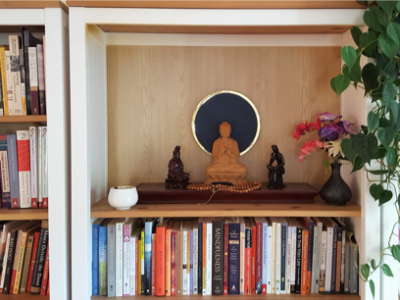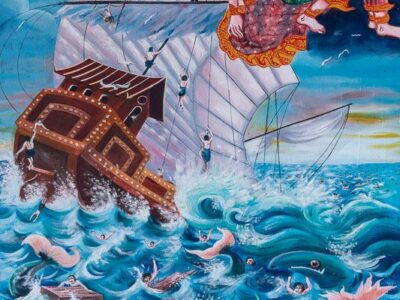Celebrations: Vesak
About This Resource
Details
Vesak
Celebrated by whom? Vesak, also known as, Buddha Jayanti, Buddha Purnima, and Buddha Day, is a festival that commemorates the birth, enlightenment (Nibbāna), and death (Parinirvāna) of Gautama Buddha. It is traditionally observed by Buddhists in South and Southeast Asia as well as Tibet and Mongolia.
When is it? In most traditions, Vesak is celebrated on the full moon day of Vaisakha, the second month of the Hindu calendar that corresponds to April/May.
Practices: This day often begins with simple offerings of flowers, incense, and candles. Carrying out beneficial activities, such as life-release and abstaining from consuming meat, saying prayers, and adhering to the precepts are common. Some Buddhists wear all white on this day.
Context: The name Vesak is derived from the Pali term vesakha or Sanskrit vaisakha for the lunar month of Vaisakha, which is considered the month of Buddha’s birth. In Mahayana Buddhist traditions, the special day is known by its Sanskrit name: vaisakha. In the East Asian tradition, Buddha’s birthday is celebrated on Vesak, while the Buddha’s awakening and passing away are celebrated separately, at other times in the calendar as Bodhi Day and Nibbāna Day.
Helpful Reading;
- Vesak via Tricycle
- Wikpedia has some detail on country-specific variations
- Vesak Day, via the United Nations
- Vesak festival: What is it and how do Buddhists celebrate… Via BBC
- Your holiday cheat sheet to Vesak Day via PBS
Activities for Children: Students can wear white on this day. A simple birthday celebration with cake for the Buddha is also fun for young students. Children can clean up their altar spaces and freshen up all their offerings. They can also make a charitable donation to a worthy cause or otherwise help people in the community. Children love doing life release. Hang prayer flags! Make an offering mandala. Arrange a visit to a local monastery.




